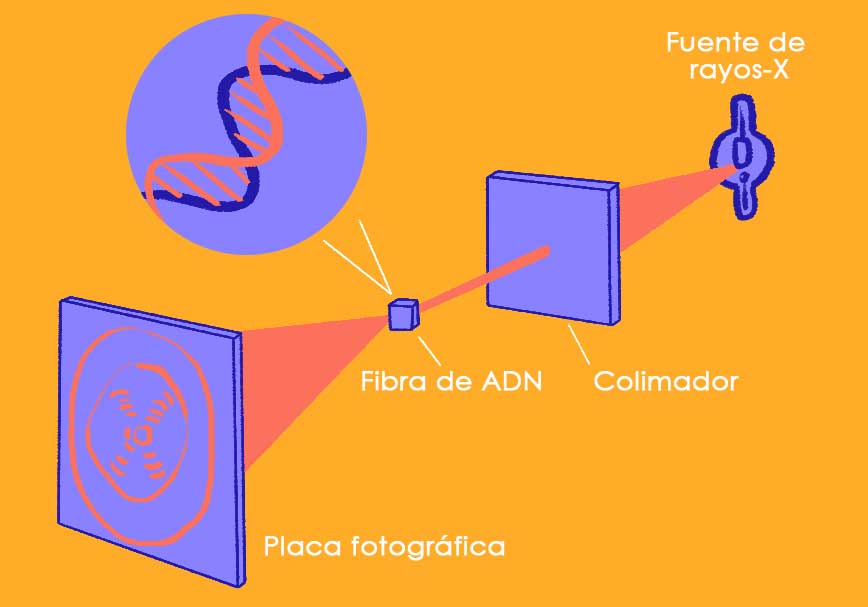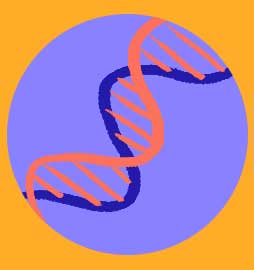
Rosalind Franklin was born in London on July 25, 1920. An outstanding scientist, Franklin was responsible for important developments in several areas, most of which would only be recognized posthumously.

Rosalind Franklin was born into a prominent Jewish family, and had the opportunity to study in some of the best British schools. She showed tremendous academic capabilities from an early age, and in 1938 she went to study Chemistry at Cambridge University. Her case was unusual at a time when women pursuing university studies was far from common, and even less so in scientific areas.

Franklin excelled in her studies, but would only receive her bachelor and master’s degrees retroactively in 1947, when British universities began awarding degrees to women.

By then she had already been working and doing research for years.
She got her PhD degree, also from Cambridge, in 1945. Her first works focused on the density and porosity of coal, and had immediate applications, for example in manufacturing gas masks during World War II.
After the war, Franklin had a research opportunity in Paris in the prestigious CNRS network of institutes. During her three years in France, she honed in on what would become her main «weapon»: X-ray diffraction.

The idea behind this technique is to study the structure of solid objects by shining a (collimated) X-ray beam. As electromagnetic waves, X-rays are diffracted/deviated by the object’s structure before hitting a photographic plate. And this image allows for a reconstruction of the object’s internal structure.
Franklin returned to London in 1950 with a research fellowship at King’s College, and that’s where she made her most important contributions in the study of the DNA (deoxyribonucleic acid) structure using X-ray diffraction. The use of this technique on DNA fibers by Franklin and her team resulted in the famous «Photo 51,» where for the first time there was strong evidence supporting the double helix structure of the DNA molecule.

While Franklin wanted to be cautious before building a model, Cambridge researchers Watson and Crick, based to a large extent on Franklin’s team’s results, published the model in Nature magazine in 1953. However, their references to the King’s group were vague or nonexistent.
Rosalind Franklin died of ovarian cancer in April 1958, aged just 37. Watson and Crick went on to win the Nobel Prize in 1962. A lot of years would pass before the scientific community came to recognize and appreciate Franklin’s key contributions for the discovery of the DNA structure.

Artwork: Metmarfil. Text: Ricardo Vaz.